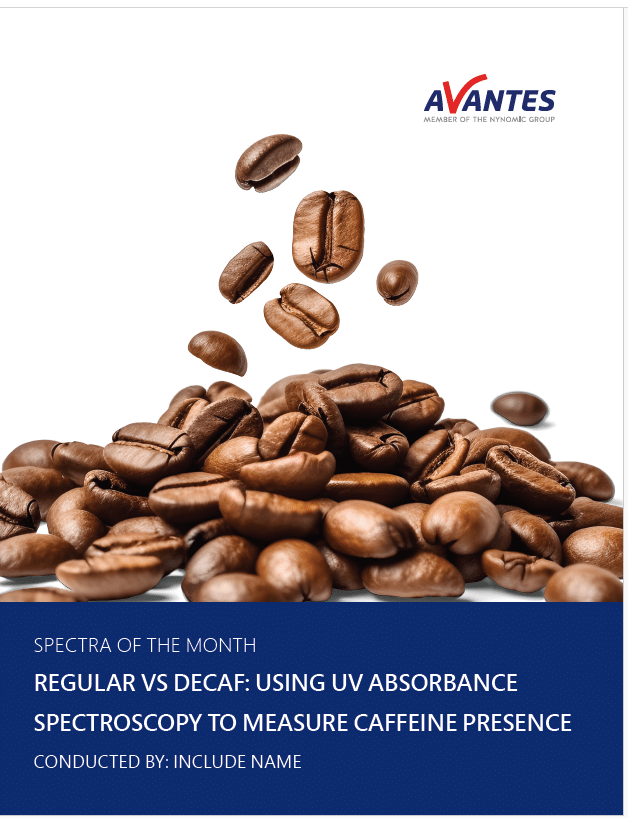Regular vs. Decaf: Using UV Absorbance Spectroscopy to Measure Caffeine Presence
 Every spring, many countries observe Daylight Savings Time by setting their clocks ahead one hour to extend daylight during waking hours. This tradition, rooted in increased evening productivity and energy savings, is also seen as a business strategy to encourage post-work shopping. In the United States, this “spring forward” occurs on the second Sunday of March, often leading to reported lethargy and reduced productivity. To counter this, individuals often increase their consumption of caffeinated beverages like coffee and tea. Over time, they may reduce caffeine intake or switch to decaf alternatives. Despite decaf coffee containing significantly less caffeine, there’s a common misconception about its caffeine content.
Every spring, many countries observe Daylight Savings Time by setting their clocks ahead one hour to extend daylight during waking hours. This tradition, rooted in increased evening productivity and energy savings, is also seen as a business strategy to encourage post-work shopping. In the United States, this “spring forward” occurs on the second Sunday of March, often leading to reported lethargy and reduced productivity. To counter this, individuals often increase their consumption of caffeinated beverages like coffee and tea. Over time, they may reduce caffeine intake or switch to decaf alternatives. Despite decaf coffee containing significantly less caffeine, there’s a common misconception about its caffeine content.
This month’s experiment employs UV absorbance spectroscopy to investigate this assumption by examining regular and decaf coffee samples, comparing their caffeine absorbance peaks. Additionally, a sample of fruit juice with added caffeine from tea is tested to confirm the presence of caffeine and distinguish it from coffee’s color.
 My Cart
My Cart 